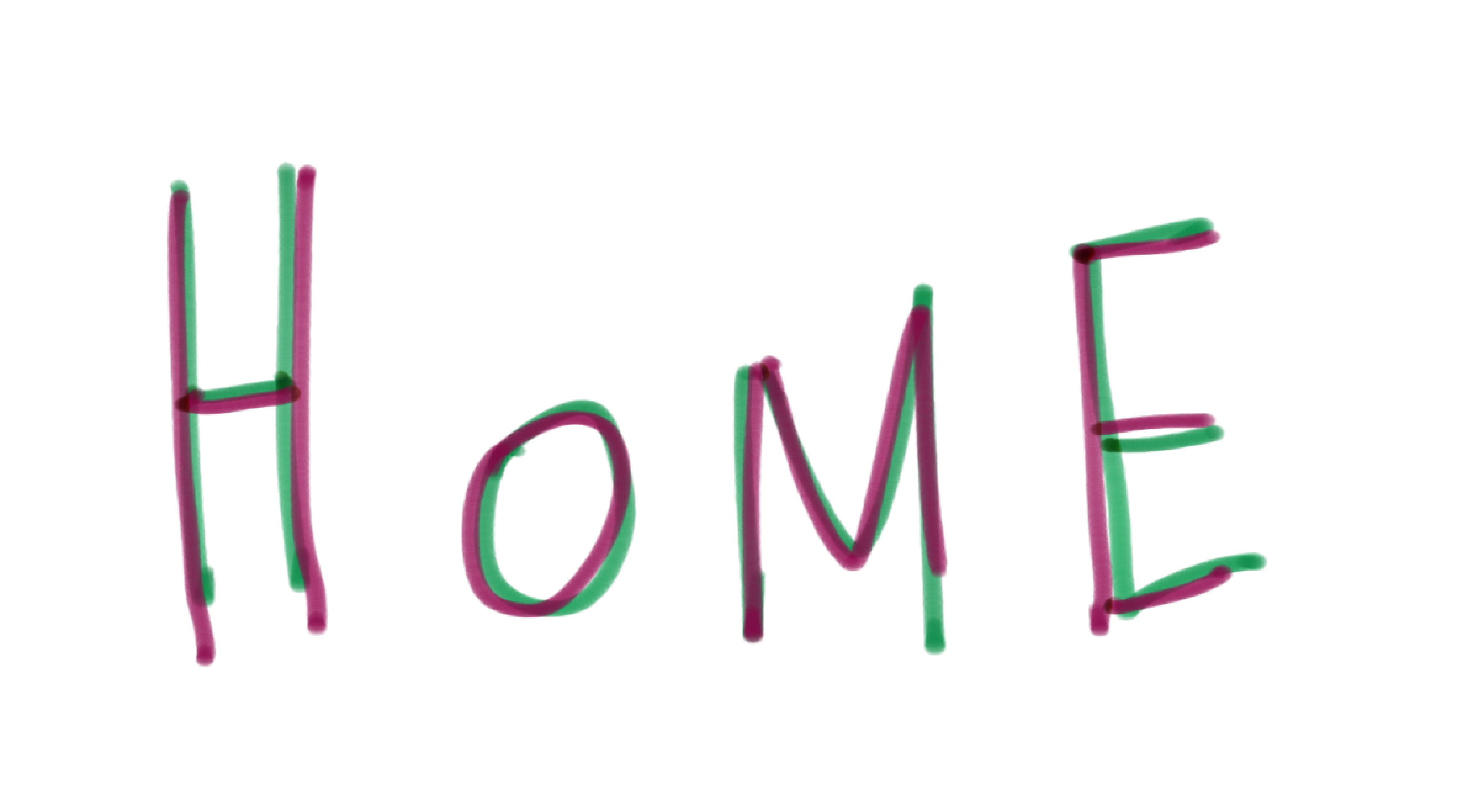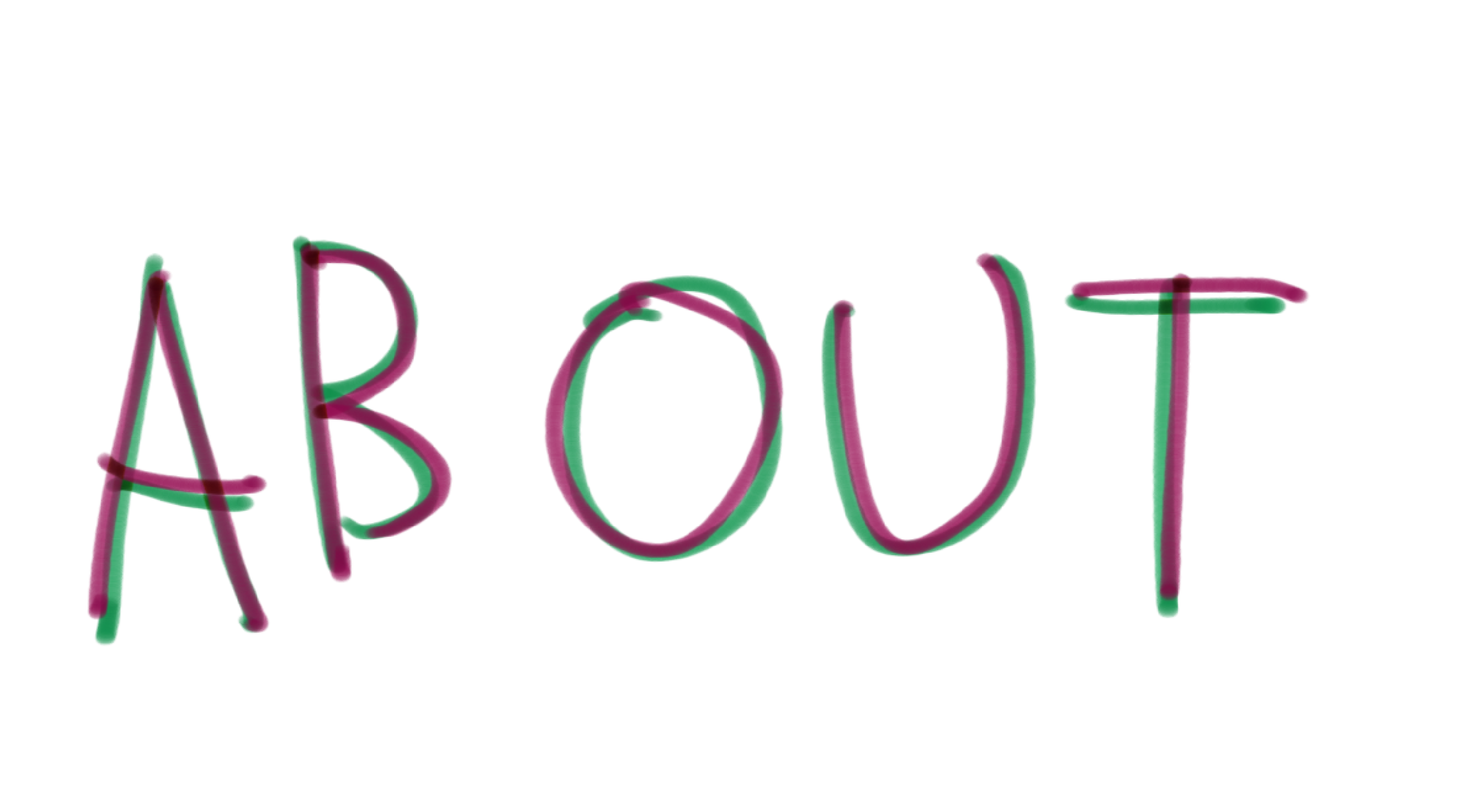
경계를 인식할 수 있는 최소한의 범위
안형수 AHN HYEONG SU
2024 interactive media art; single-channel video color sound variable size
어떤 대상이나 현상에 대해 명확하게 정답이라고 할 수 있는 것이 과연 있을까 하는 의문을 가진다. 명확하지 않다면 그 무한대는 어디까지인지 어디까지가 경계인지는 개인의 경험, 감정, 지식, 가치관 등에 의해 다르게 인식된다고 생각한다. 경계에 대한 유동적이고 불분명한 인식을 탐구하기 위해 인간이 만들고 설계하는 건축물에 주목하였다.
건축물에는 시대적 배경, 가치관, 종교, 지식 등 경계의 인식을 흐릿하게 만드는 인간의 복잡한 감정과 사고가 담겨 있다. 그러나 동시에 건축물은 견고하고 흔들림 없이 서 있는 유형적 존재이기도 하다. 여러 양식이 혼합되거나 분해되고 뒤틀린 형태의 건물들로 채워진 가상현실을 창조하였고, 이러한 건물들로 구축된 경계를 직접 만지고 돌아다니며 관찰함으로써 경계 인식 문제에 더욱 가까이 접근하고자 하였다.
I wonder if there is ever a clear, definitive answer to an object or phenomenon. If not, the extent of what infinity is and how far the boundaries are perceived can vary depending on individual experience, emotions, knowledge, and values. To explore this fluid and unclear perception of boundaries, I focused on structures created and designed by humans.
Architecture embodies complex human emotions and thoughts that blur the recognition of limits, such as historical backgrounds, values, religion, and knowledge. However, at the same time, these constructions are tangible entities, standing solid and unwavering. By directly interacting with, traveling through, and observing the boundaries shaped by these structures, I aimed to approach the question of how I perceive boundaries.


